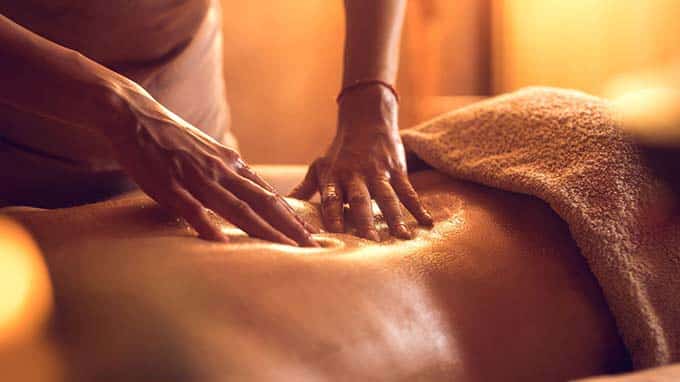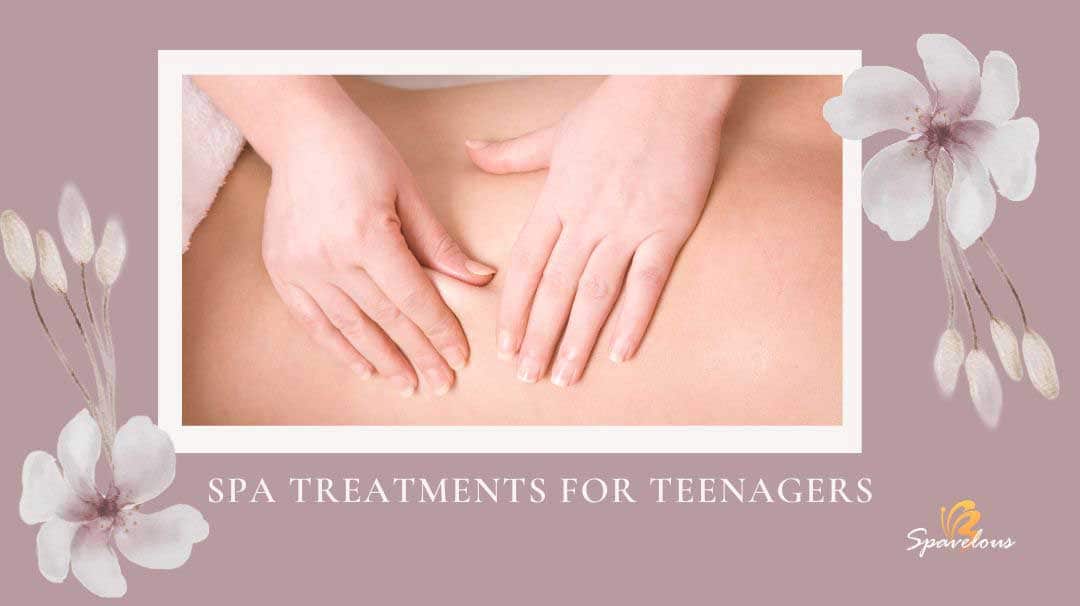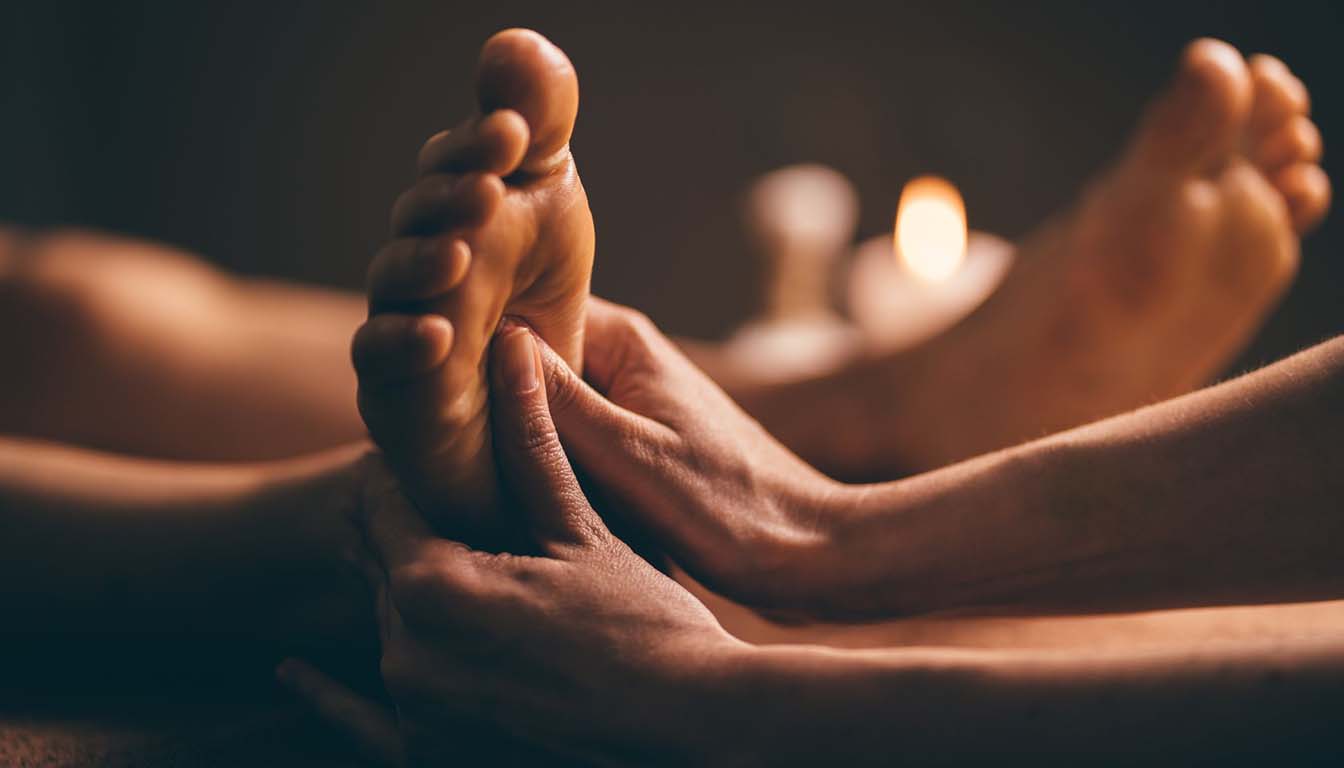Lomi Lomi Massage Provides a Profoundly Relaxing and Healing Therapy
Lomi Lomi massage is a traditional Hawaiian style of massage that promotes relaxation, healing, and a sense of tranquil well-being. With its flowing and rhythmic motions, Lomi Lomi helps release muscle tension and blockages while bringing harmony to both body and mind. Here is everything you need to know about this unique and deeply therapeutic massage technique.

History of Lomi Lomi Massage
Lomi Lomi massage dates back centuries to the ancient Hawaiian culture. It was an integral part of traditional Hawaiian healing practices and was used by native Hawaiian kahuna (healers) to treat a variety of ailments. The massage techniques were passed down through generations and are still practiced today both in Hawaii and around the world.
Lomi Lomi derives from the Hawaiian word lomi, meaning “to knead or soothe.” It encompasses a whole-body approach designed to release stress, calm the nervous system, and support the natural flow of energy throughout the body. Unlike other massage styles that focus on specific areas, Lomi Lomi works the entire body with fluid, rhythmic motions using the forearms along with the hands.
Massage Techniques Used in Lomi Lomi
A Lomi Lomi massage is performed with the recipient lying face down as the practitioner applies long, firm strokes down the length of the body. The forearms and elbows are used in addition to the hands to facilitate the continuous flow of motion. Fingers, knuckles, hands, and sometimes even stones are also incorporated into the massage.
Some of the techniques used include:
- Effleurage: Long, gliding strokes with the forearm that flow rhythmically over the back, legs, and arms. This promotes deep relaxation.
- Petrissage: Kneading, compression, and light lifting of the muscles to increase circulation, release knots, and loosen tight areas.
- Tapotement: Rapid percussive tapping using the sides of the hands and cupped fingers. This stimulates blood flow.
- Friction: Small, circular rubbing motions focused on specific points of tension to break down adhesions and relax the tissues.
- Energy work: Light touch or hands held just above the body to clear blockages and balance the body’s energy system, according to Hawaiian tradition.
The sequence of techniques is intuitive, free-flowing, and tailored to the individual. The practitioner gently rocks, stretches, and massages the body using the palms, wrists, forearms, elbows, and sometimes the knees and feet. Rhythm and focused breathing are important elements that help induce deep relaxation.
Benefits of Lomi Lomi Massage
Lomi Lomi massage offers many benefits for both physical and emotional health:
- Releases muscle tension and pain – the deep tissue techniques help ease chronic muscle tightness and discomfort.
- Improves flexibility and range of motion – the continuous movements help increase joint mobility.
- Enhances blood and lymph flow – the increased circulation delivers oxygen and nutrients while removing waste products.
- Promotes relaxation and stress relief – the massage helps calm the nervous system and reduce feelings of anxiety.
- Eases symptoms of depression – by inducing a deep sense of calm and inner peace.
- Boosts energy levels – by reducing fatigue and lethargy through increased blood flow and circulation.
- Improves digestion and elimination – through decreased tension in the abdominal organs.
- Strengthens the immune system – reducing susceptibility to illness and disease.
- Fosters a meditative state and spiritual well-being according to Hawaiian tradition.
The flowing massage technique works holistically to bring the body, mind, and spirit into greater balance and harmony.
Who Can Benefit from Lomi Lomi Massage?
Lomi Lomi massage is suitable for many people looking to improve overall health, vitality, and quality of life. It can benefit those with:
- Stress, anxiety, or depression
- Chronic pain or tight muscles
- Limited mobility or flexibility
- Headaches and neck tension
- Poor circulation or lymphatic drainage
- Low energy levels or fatigue
- Troubled sleep patterns
- Digestive issues
- Recovering from illness or injury
- Emotional trauma or grief
Lomi Lomi can also benefit athletes, pregnant women, cancer patients, seniors, people with disabilities, and those seeking spiritual grounding or self-improvement. However, there are some contraindications to be aware of.
Who Should Avoid Lomi Lomi Massage?
There are some conditions that warrant avoiding Lomi Lomi massage unless approved by a doctor. These include:
- Blood clots or bleeding disorders – the pressure may cause bleeding or dislodge clots.
- Fractures or sprains – the area needs time to heal without manipulation.
- Open wounds or sores – the risk of infection spread.
- High blood pressure or heart conditions – the relaxation response may cause blood pressure to drop to unsafe levels.
- Varicose veins – the techniques may aggravate sensitive varicosities.
- Pregnancy – certain positions may be uncomfortable or unsafe. Check with your prenatal care provider.
- Sensitivity to touch – discuss your needs and comfort level with the massage therapist.
- Inflammation or infection – massage may increase swelling and spread of germs.
Let your massage therapist know of any medical conditions before your Lomi Lomi session. They can determine if modifications or avoidance of certain techniques is required.
What to Expect in a Lomi Lomi Massage
Typically, a Lomi Lomi massage lasts 60-90 minutes and is performed in a peaceful setting with soft music. Here’s what generally takes place:
- Consultation – Your massage therapist will ask about your health history, areas of concern, and treatment goals.
- Undress to your comfort level – Most people prefer to wear only underwear or undress fully for a full-body massage. You are covered with a sheet during the session.
- Body positioning – You lie face down as the therapist begins at your feet and works up the legs, back, arms, hands, and neck/head. A full range of motion is used.
- Massage techniques – Fluid forearm strokes are combined with stretching, joint mobilization, light percussion, and energy-balancing techniques tailored to you.
- Communication – Your therapist checks in periodically on your comfort and whether pressure needs adjusting.
- Turn over – Midway, you turn over as the front of the body is massaged, including arms, hands, abdomen, legs, and feet. You remain comfortably draped.
- Closing and integration – Gentle rocking or stillness ends the session to allow full integration of the benefits before slowly transitioning up to sit.
Be sure to communicate your needs openly with your massage therapist before, during, and after your Lomi Lomi session. Drink plenty of water following the treatment to help flush out toxins released. Avoid strenuous activity immediately afterward and allow time to relax and restore.
Finding an Authentic Lomi Lomi Massage
To experience the true essence of Lomi Lomi, seek out a well-trained Hawaiian massage therapist. Or look for those who incorporate aspects of Hawaiian culture into the treatment through music, chanting and energy work. Most top spas and wellness centers now offer Lomi Lomi performed by experienced massage therapists. You can expect to pay $100-$200 per 60-90 minute full-body treatment.
In Summary
Lomi Lomi massage provides a profoundly relaxing and healing therapy based on ancient Hawaiian techniques. Its flowing style helps dissolve tensions deep within the muscles and tissues, bringing the body, mind, and spirit into greater harmony. Regular treatments can improve overall health, vitality, range of motion, and quality of life. If you have any medical concerns, be sure to consult your physician before scheduling your first Lomi Lomi massage. But in general, almost anyone can benefit from this nourishing traditional Hawaiian practice.



